Throughout the annals of history, flowers have unfurled as an exquisite and universal tongue, weaving intricate tales of emotion, sentiment, and clandestine messages within their kaleidoscope of hues, their whispers of fragrance, and their lyrical designs.
This mesmerising form of expression, a centuries-old craft known as “the language of flowers” or “floriography,” creates an embroidery of cultural strands that spreads across vast distances and through the sands of time.
According to Jayne Alcock, the guardian of grounds and gardens at the Walled Gardens of Cannington, the revival of fascination in the language of flowers during the Victorian era can be linked back to its origins in Ottoman Turkey, particularly within the Constantinople court during the early 18th century.
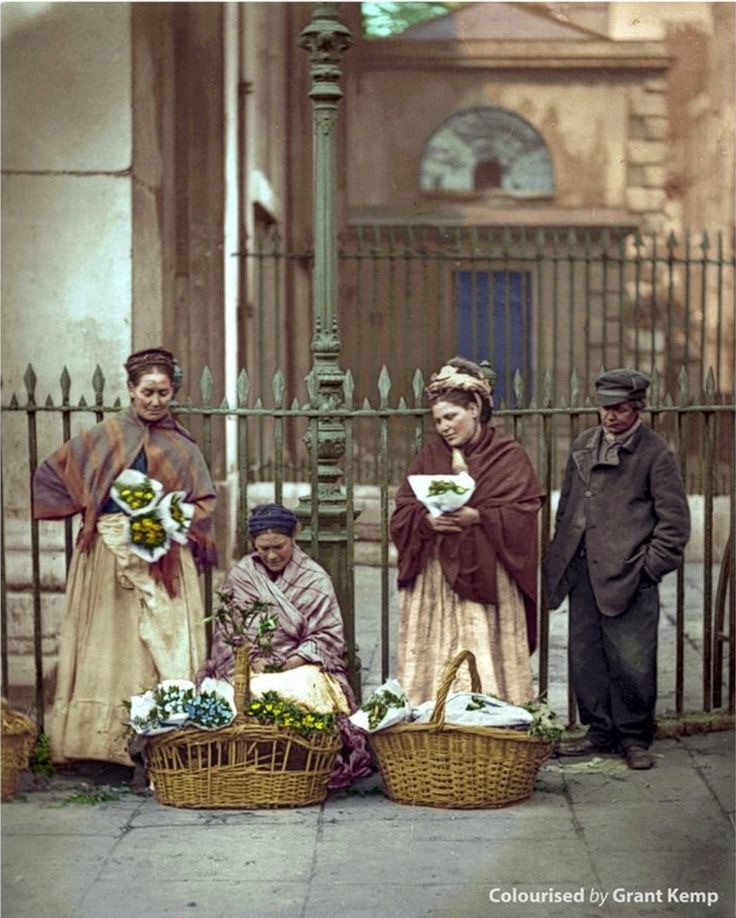
The Victorian era, which is frequently praised as the height of floriography, came into being at a time when social mores forbade honest emotional expression. Flowers offered a covert channel for communicating with their quiet eloquence. Each bouquet was a masterfully crafted arrangement created to deliver clear statements. A crimson rose, for instance, spoke of love, and a golden one, of friendship. Victorians diligently created sophisticated dictionaries of floral symbolism during this period, enabling people to communicate complex emotions through carefully selected flowers.
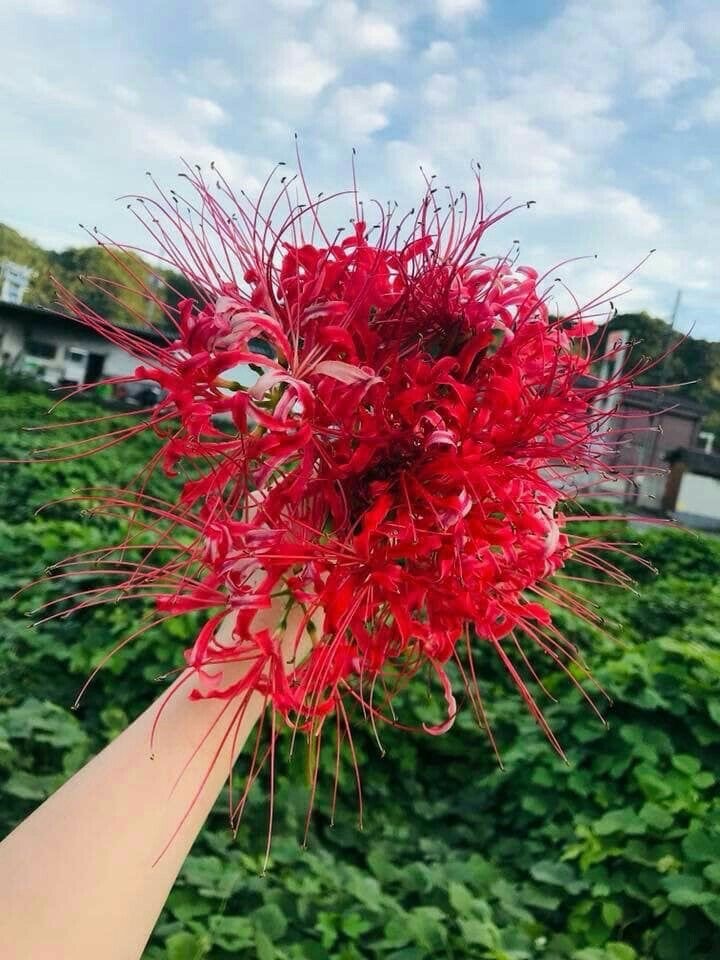
Through the “Hanakotoba” art form, the language of flowers is intricately woven into the fabric of Japan’s culture. The sakura, or cherry blossoms, hold a sacred place in the Japanese people’s hearts among these blossoms. They serve as a poignant reminder to cherish each passing moment since they encapsulate the ephemeral nature of existence. A symbol of longevity and the imperial family on the other end of the spectrum, the chrysanthemum permeates Japanese art, literature, and traditions, becoming a crucial part of their cultural identity.
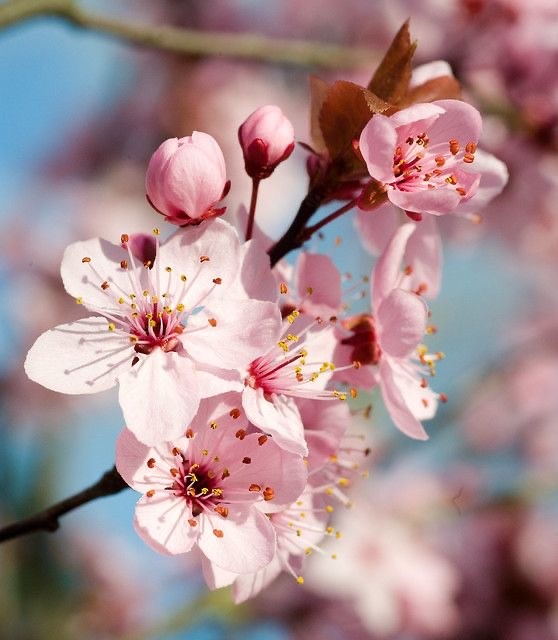
Meanwhile, in the vast expanse of China, plum blossoms have been a cherished emblem in their artistic and cultural repertoire for over a millennium. These blossoms epitomise resilience and unwavering perseverance, defying the harshest of winter’s grip with their vibrant blooms. Chinese poets and scholars have eloquently penned countless verses extolling the virtues of plum blossoms, enshrining them as a revered emblem of strength and endurance.
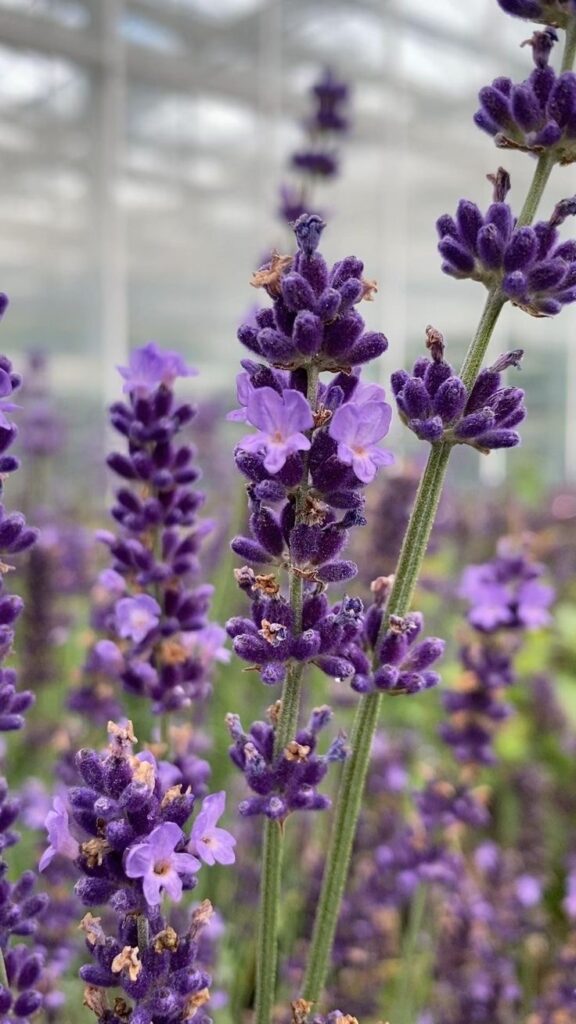
Sage stands out as a highly revered plant in the complex fabric of Native American traditions. Beyond the limitations of spoken language, it plays a significant role that manifests itself in rituals, ceremonies, and purifying rites. The practise of “smudging,” or burning sage, is thought to have the potential to purge negative energies and bring about equilibrium. By engaging in this practise, one develops a strong spiritual bond with the Earth and the divine, seamlessly bridging the gap between humans and nature.
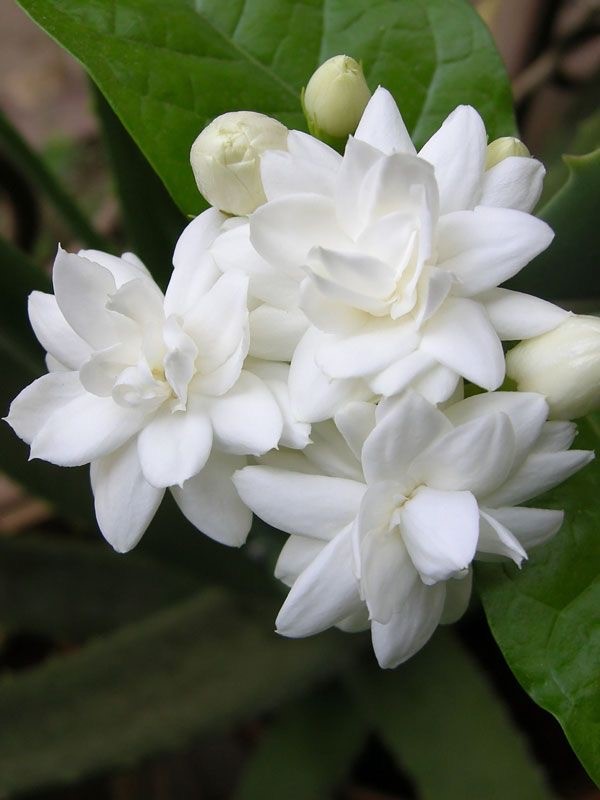
Jasmine is a renowned symbol in Islamic culture, valued for both its lovely aroma and significant meaning. It represents the purest, most beautiful, and most concrete promise of paradise in Islamic faith. The aroma of jasmine acts as a sensory gateway to the heavenly realm and carries with it the fragrance of heavenly gardens. Jasmine creates a fragrant tapestry of spiritual ties in this way.
Flowers speak to the spirit with a language that is profoundly based in nature, transcending the boundaries of location in the domain of human experience. While interpretations may flutter like petals in the wind, the core sentiment stays constant: the mesmerising attraction of flowers transcends the boundaries of language, generating exquisite statements of emotion and meaning recognised by all.
In today’s digital age, where the symphony of communication often plays out on screens and social platforms, the language of flowers emerges as a timeless haiku, reminding us of the profound potency of simplicity and the boundless wellspring of inspiration nature offers. Be it the fragile elegance of Japan’s cherry blossoms, the opulent roses of Victorian England, or the sanctified sage of Native American traditions, the language of flowers continues to compose its sonnet of emotions and connections, unifying diverse cultures in a perennial dance through the corridors of history.
Sources




